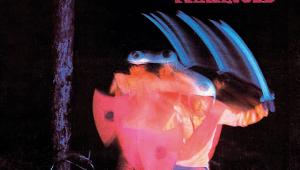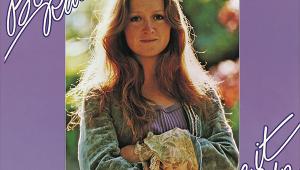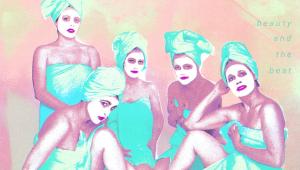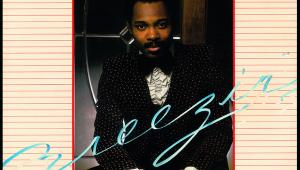Captain Beefheart And His Magic Band: Safe As Milk
![]()
Few groups have a history as complex and convoluted as that of Captain Beefheart And His Magic Band, not least because of the tendency of vocalist Don Van Vliet, aka Captain Beefheart, to imaginatively embellish aspects of the story. In that respect we can start right back at the group's name.
The band formed in Lancaster, in north Los Angeles County, in 1965. This was a time for West Coast musical ensembles to have enigmatic and groovy names, such as Quicksilver Messenger Service and Big Brother And The Holding Company. Van Vliet had been friends with Frank Zappa since the late '50s and they had recorded together in Zappa's Studio Z in Cucamonga from 1963. The sessions included material for his opera I Was A Teenage Maltshop, in which Van Vliet was due to play a character called Captain Beefheart.
Moves Like Jagger
The opera was never performed, but the character re-emerged in the mooted science-fiction film Captain Beefheart vs The Grunt People, for which Zappa wrote a script and made some props. Van Vliet later claimed that the name was his own invention and proffered a number of completely different explanations.
Regardless of the name's true origins, we do know that in early 1965 guitarist Alex Snouffer, aka St Clair, formed Captain Beefheart And His Magic Band with Van Vliet, bass guitarist Jerry Handley, guitarist Doug Moon and drummer Vic Mortensen. The group was influenced by American blues and Brit Invasion bands like The Rolling Stones; Van Vliet was a harmonica-toting frontman who initially would strut around like Mick Jagger.
![]()
It was St Clair who ran the band's rehearsals and was ostensibly its leader. They performed blues covers alongside their own collaborative material, but Van Vliet, who was adept at copying the sound of blues singers such as Muddy Waters and particularly Howlin' Wolf, was beginning to come up with more unusual and individual ideas. He couldn't play guitar and was only able to vocalise his compositions, so some song ideas were dismissed, but he was ambitious and slowly but surely he began to assert control.
![]()
Hot Fuzz
On the strength of some acetate demos, Captain Beefheart And His Magic Band landed their first management deal with Leonard Grant, who got them a two-single deal with Herb Alpert and Jerry Moss's newly formed A&M label.
Producer David Gates (who went on to fame and fortune with rock band Bread) suggested they record a cover of Bo Diddley's 'Diddy Wah Diddy', and gave Handley's bass a fuzz sound similar to that on The Nashville Teens' 1964 single 'Tobacco Road'. Released in early 1966, it became a local hit.
![]()
Beatles publicist Derek Taylor produced a press release for Leonard Grant – called 'The Great Gnome Biography' – full of '60s wackiness, including the bizarre claim that St Clair changed his name from Snouffer 'because the police were after us for smuggling sponges into Nevada'. Taylor also wrote that while St Clair was 'generally and tacitly acknowledged' as the leader of the band, 'Van Vliet, as lead singer and, therefore, frontman [is] Captain Beefheart' – with all the uneasy compromise this implied.
![]()
For the group's second A&M single, David Gates wrote the song 'Moonchild', its echoey proto-psychedelic sound decorated by his slide guitar. This was backed by 'Frying Pan', a Don Vliet composition – he was yet to officially add the 'Van' – which showed an individual tack starting to move away from simple blues covers. In this respect the most important song was one that never made the cut, 'Here I Am, I Always Am', with its restless changes of metre pointing towards the future. Here would soon also be changes in the band's personnel.










































